
Ubuntu is one of the most widely used Linux distributions out there, catering to both individuals and enterprises, offering a wide variety of releases that cover general computing, edge computing, IoT, and more.
Installing Ubuntu's interim release is a nice way to keep up with development before a new LTS release arrives, giving users plenty of time before they commit to a long-term replacement.
With this article, we'll be exploring Ubuntu 25.04 “Plucky Puffin”, covering its expected features ahead of release.
Ubuntu 25.04 Release Schedule

Before we proceed, do keep in mind that I have referred to the official roadmap for many of the things mentioned below; some things might differ when the final release drops.
| Date | Event |
|---|---|
| October 17 | Development begins |
| December 19 | Ubuntu testing week |
| February 20 | Feature freeze |
| March 13 | UI freeze |
| March 27 | Beta release |
| April 10 | Release candidate |
| April 17 | Final release |
Main features in Ubuntu 25.04 Plucky Puffin
Let's take a quick look at the new features Ubuntu 25.04 is set to bring. This is for the default GNOME desktop variant.
1. Installer Upgrades
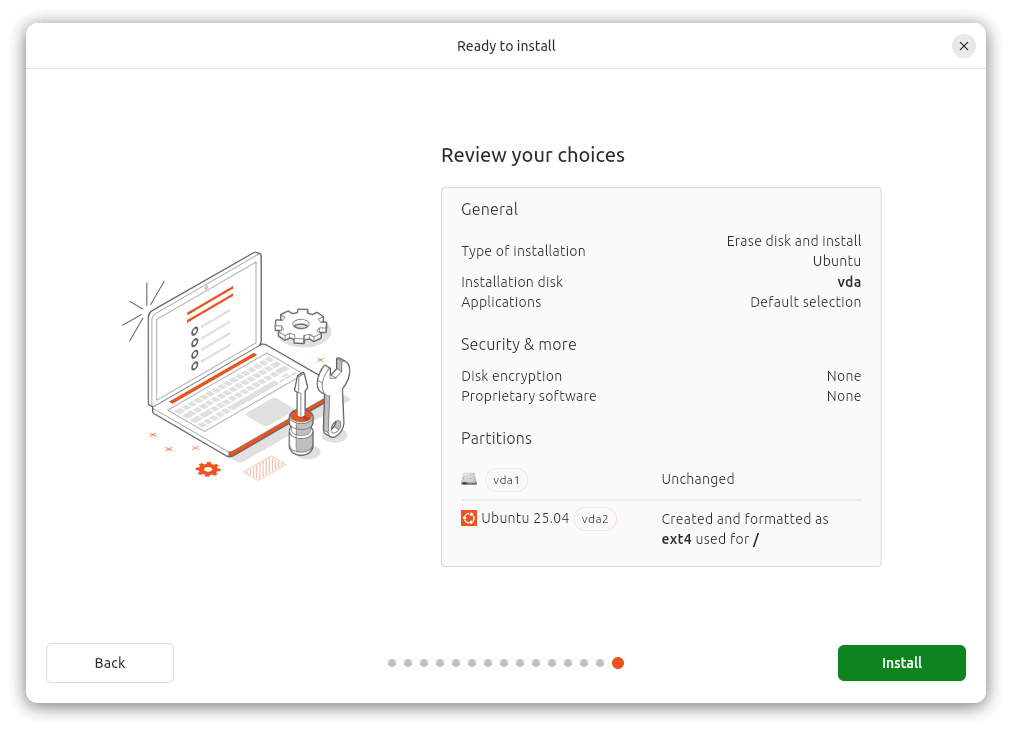
In a bid to refine the installation experience on dual-boot systems, the developers of Ubuntu have decided to include additional information about existing operating systems, particularly during the “Install into free space” and “erase and replace an existing Ubuntu installation” phases.
Similarly, they have worked on improving support for disk encryption, allowing for better handling of Windows BitLocker-encrypted disks, including scenarios where users have other unencrypted drives or partitions. This change eliminates the need to prompt users for disabling BitLocker when it's not necessary.
Suggested Read 📖
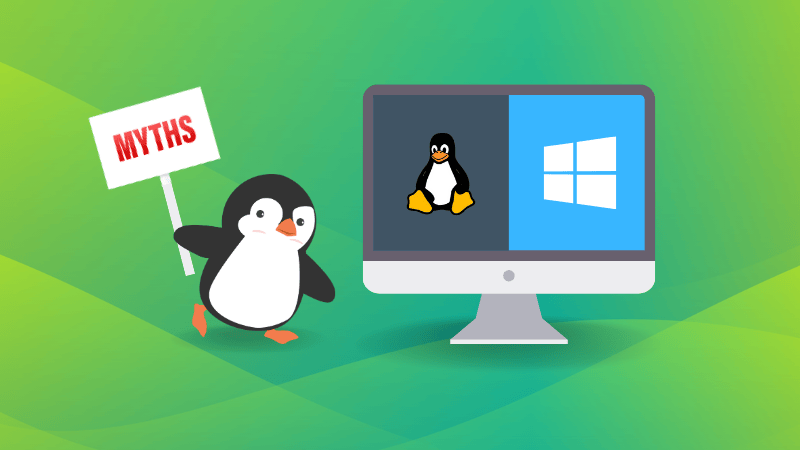
2. User Interface Upgrades with GNOME 48
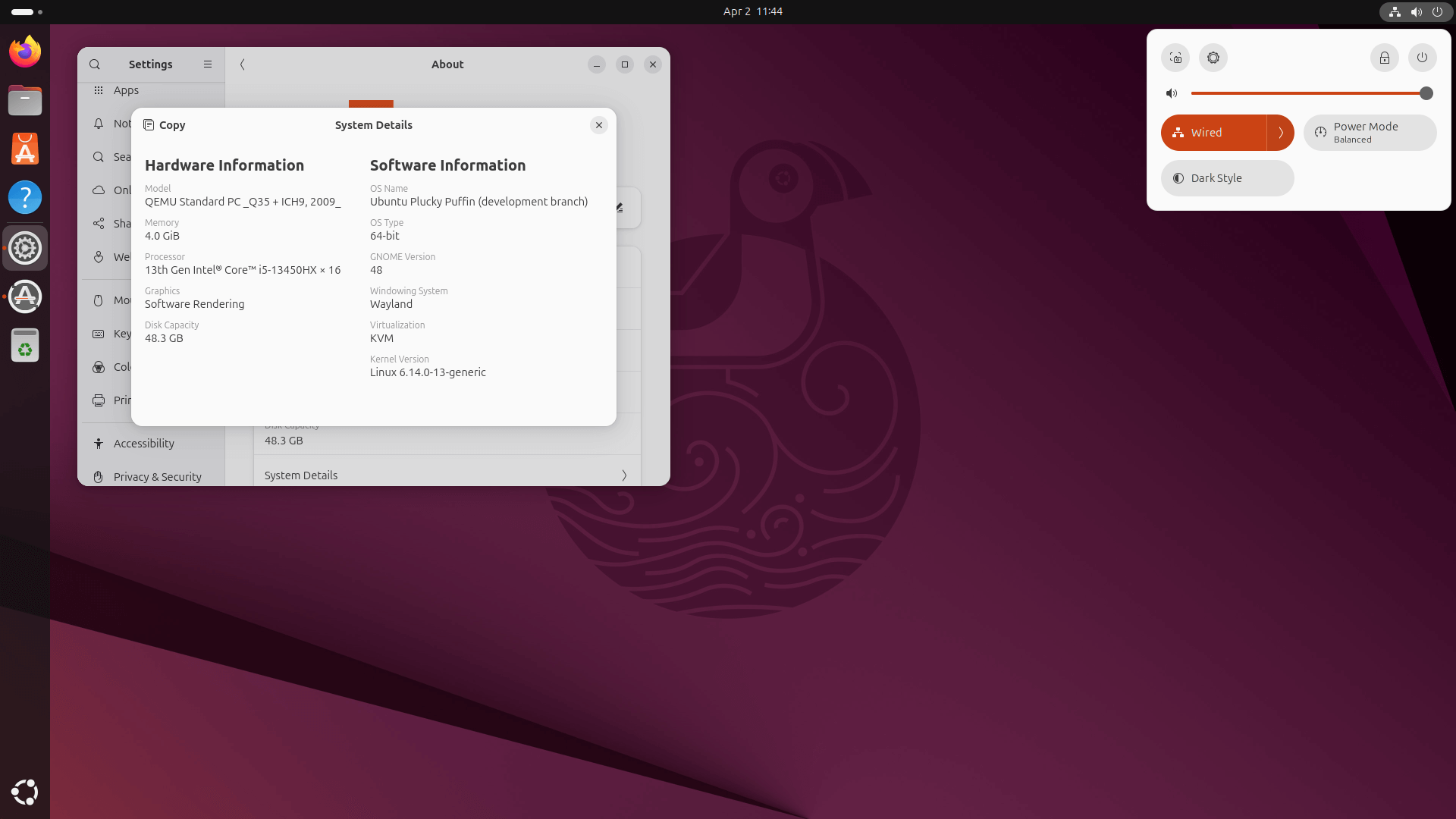
Another notable change is the introduction of GNOME 48, which brought about refinements like OSD notifications for headphone connections, better accessibility of the keyboard backlight quick settings toggle, improved color management and the ability to set screen time limits.
3. Introduction of Wellbeing
The latter of which is called “Wellbeing”. If you have used Android's Digital Wellbeing feature, then you will find this familiar, as it helps configure screen time limits, movement reminders, eyesight reminders, and can even set the screen to grayscale after the screen limit is reached.
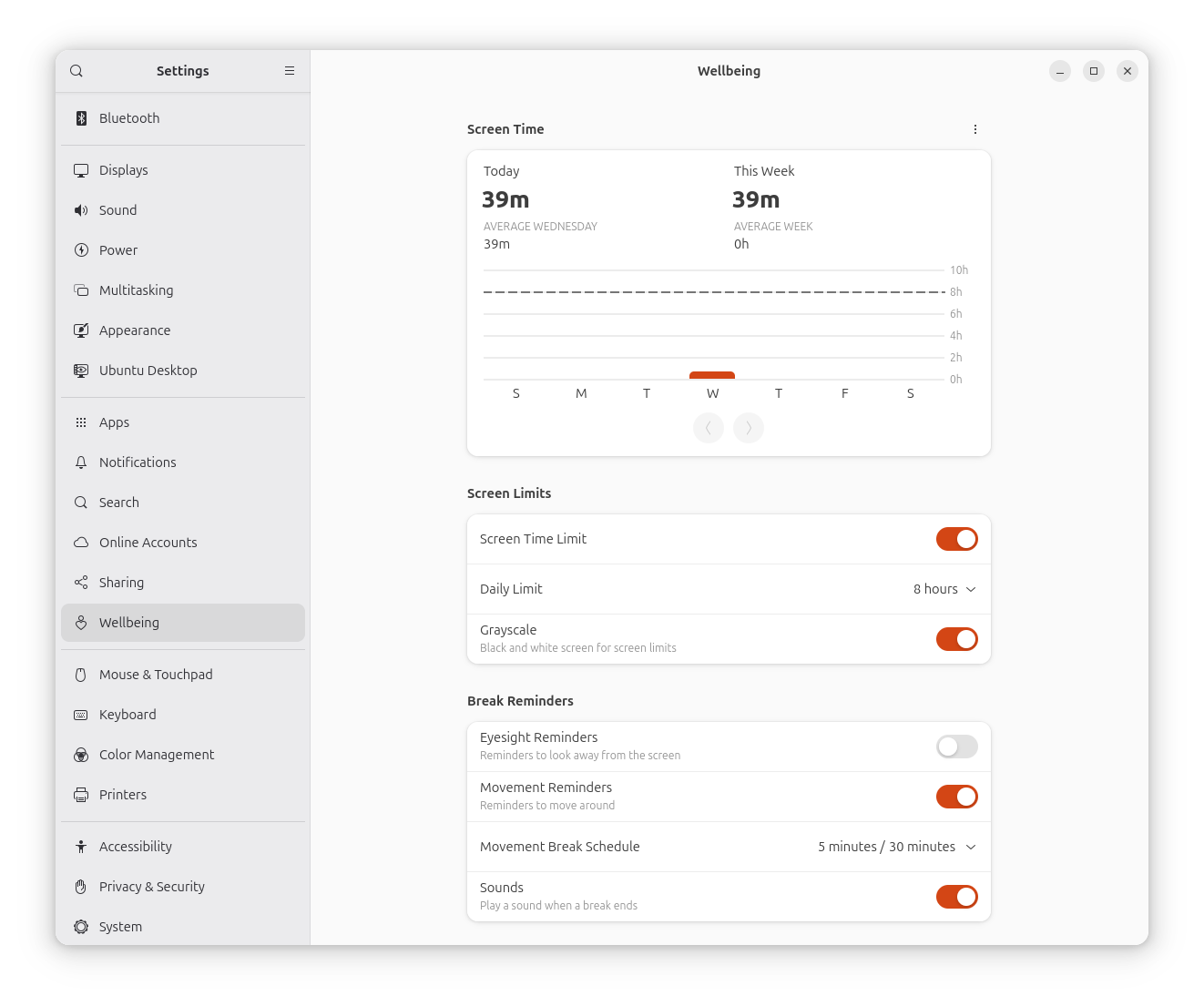
This should help mitigate screen fatigue and eyestrain during those long work sessions. I would love a hydration reminder in there too, as it would be the perfect addition for this wellness-focused feature.
4. Notification Grouping
As the title suggests, with this new addition, notifications from the same applications are grouped together, reducing clutter and improving the user experience. Now, notifications appear in a clean, organized list instead of individually, which can be confusing if there are a lot of them.
You can also delete notifications one-by-one manually, or completely discard them by clicking on the X on the parent notification.
5. HDR Support🕺
And finally, you can see the option to enable HDR if you have a compatible monitor. Yes, that's the main constraint here. You need to have an HDR monitor to even see this option in Display setting.
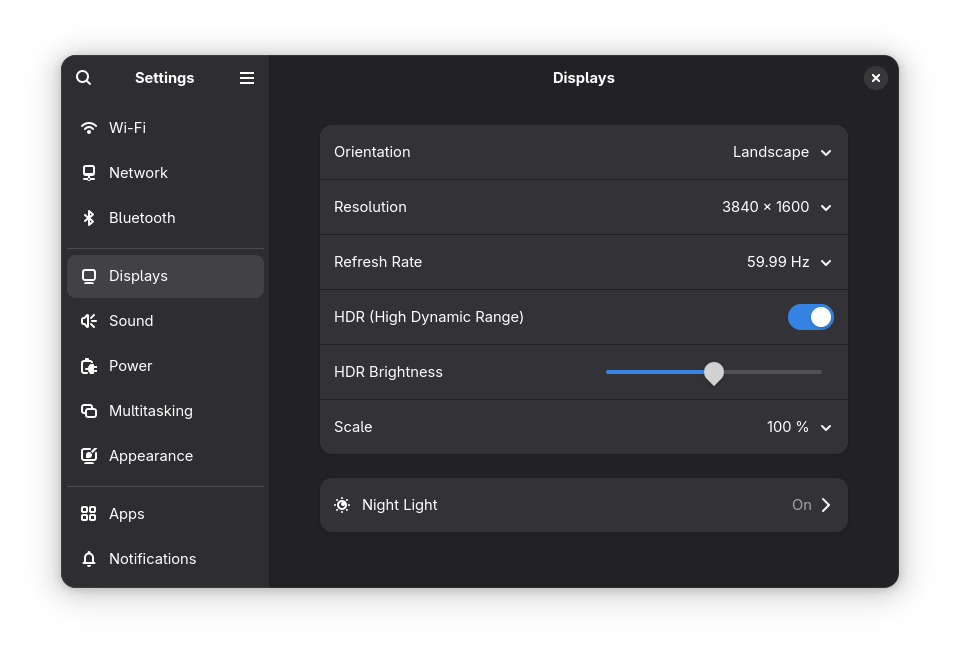
Although, the HDR experience is far from perfect. Not many applications support HDR at the moment. The regular brightness keys don't work and hence you have to use the HDR Brightness slider option in the system settings.
It is still good to see the HDR support finally being rolled into the Linux desktop, though. Hopefully, things will improve speedily on this front.
6. App Updates
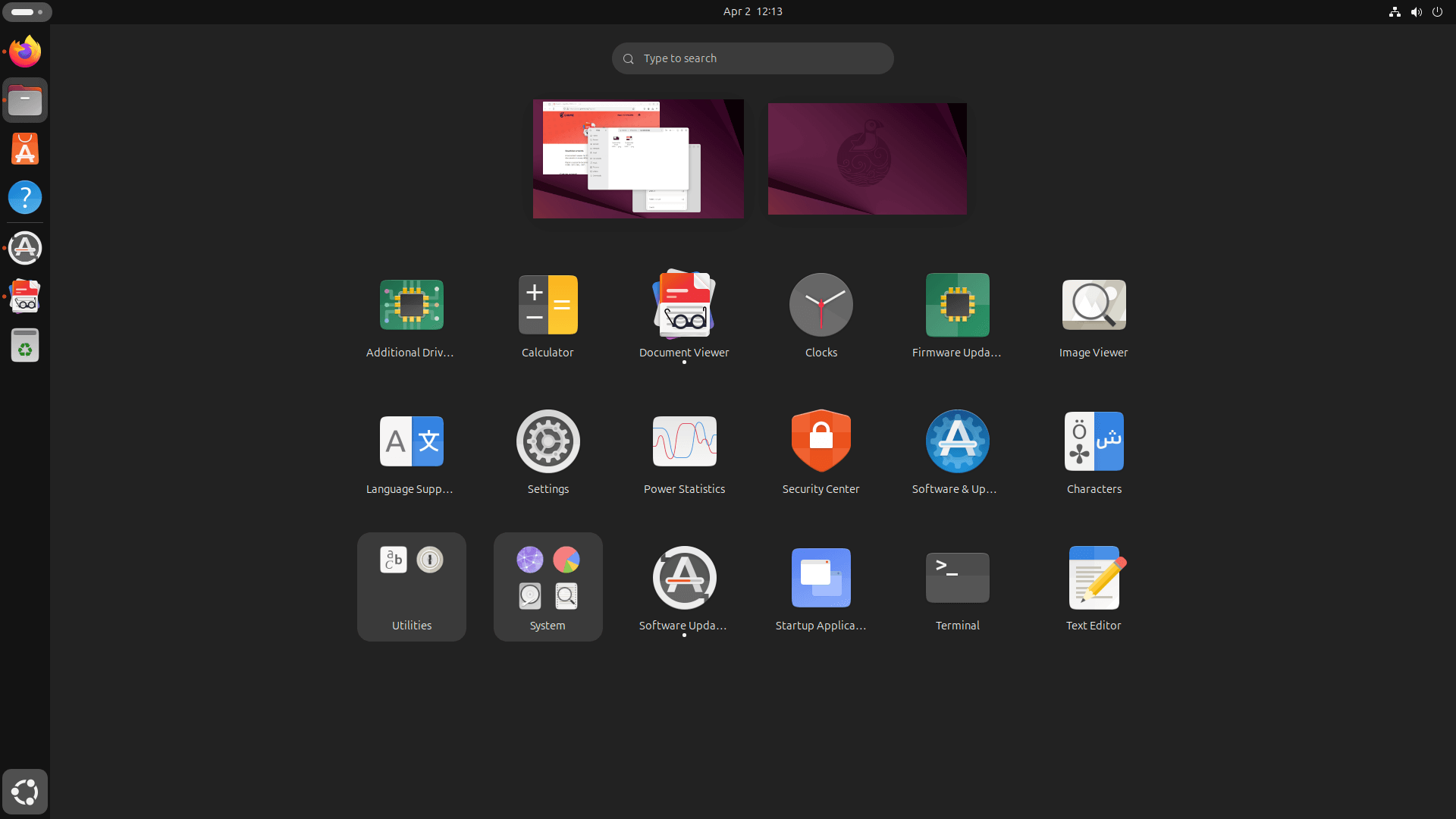
Addressing a major issue with the Firefox Snap, Canonical has improved support for Opensc smart cards, allowing better compatibility and functionality for users relying on smart card authentication.
The subsystems, applications and tooling also see changes, with additions like:
- GIMP 3.0
- VLC 3.0.21
- Binutils 2.44
- Blender 4.3.2
- Python 3.13.2
- Systemd 257.4
- LibreOffice 25.2.2
- Thunderbird 128.0
Next up is the PDF viewer app, “Papers,” which is has replaced the existing Evince document viewer. It has its beginning in Evince, but has evolved into an app of its own with Rust bits in it. Ubuntu 25.04 includes it under the name "Document Viewer".
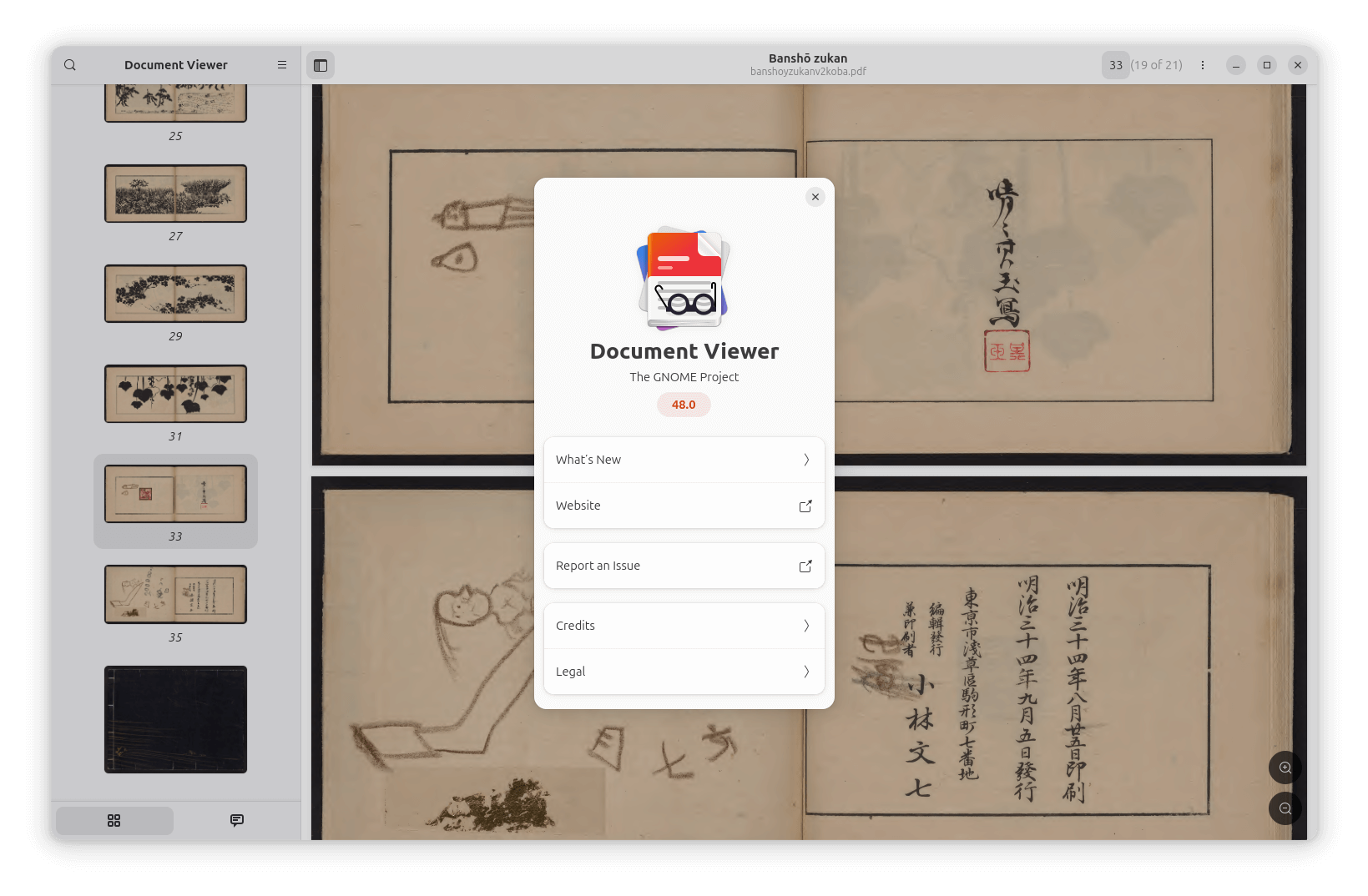
Finally, we have improved video playback for Epiphany (GNOME Web) web browser users. This was made possible with the recommendation of the gstreamer1.0-plugins-bad package during configuration.
With this approach, those who opt-in receive broader media support, while remaining optional for those who do not want to install it.
7. Linux Kernel 6.14
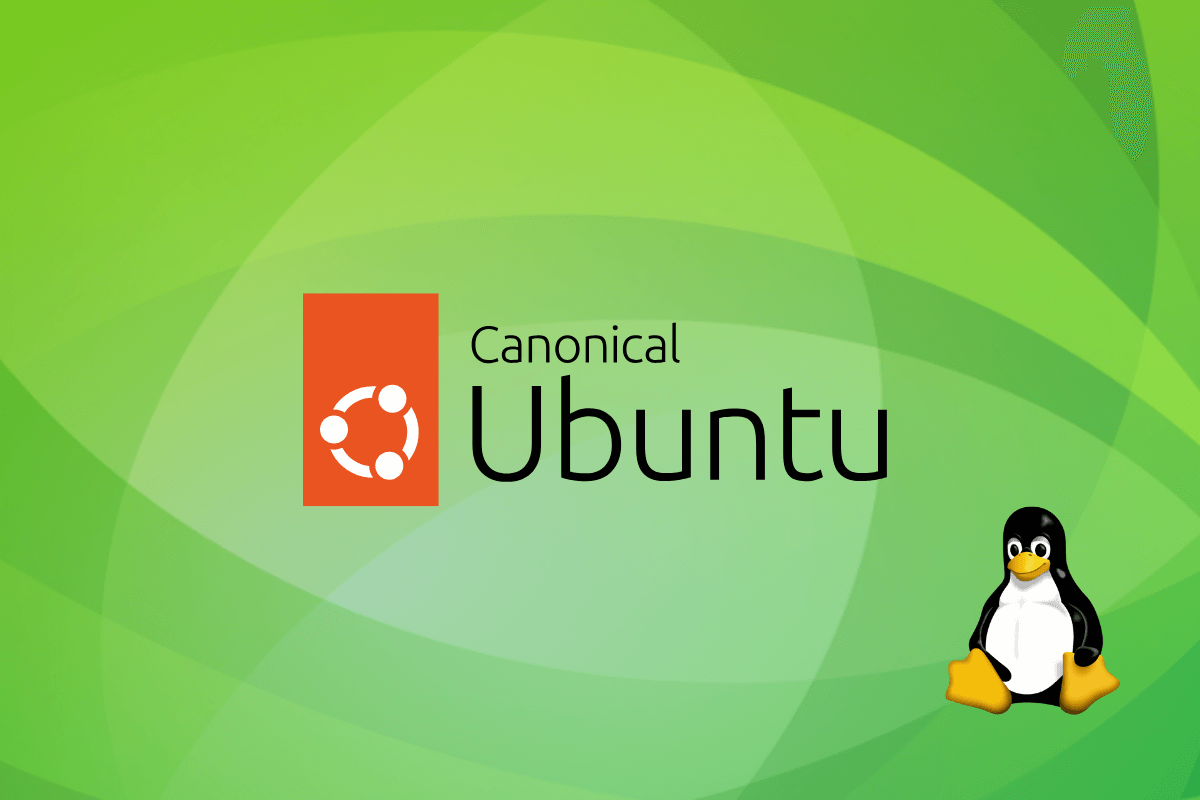
Following what Canonical laid out back in 2024, Ubuntu 25.04 is all set to be distributed with the latest kernel available at freeze date, Linux kernel 6.14.
Users can expect improvements like support for Ryzen AI NPUs, AMDGPU DRM panic support, better Realtek Ethernet controller support, refinements for RISC-V, and a lot more.
I highly recommend our coverage of it if you are interested in diving deeper.
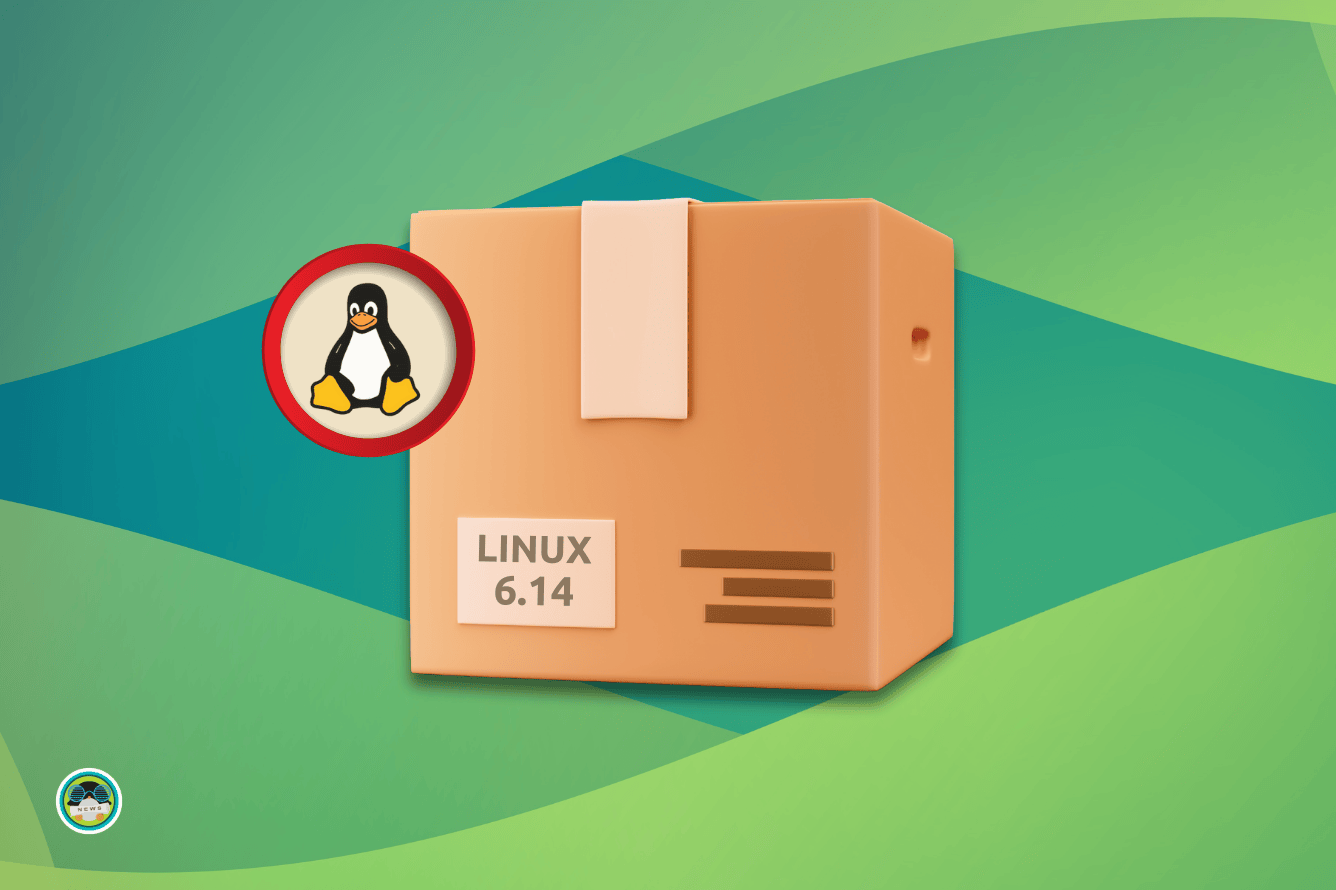
8. Inclusion of APT 3.0
Users who rely on APT for their package management needs will be delighted to know that Ubuntu 25.04 ships with the colorful APT 3.0 release, which has landed as a more potent solution than previous versions.
It comes packed with a new dependency resolver that allows for more efficient dependency resolution, new coloring changes that add hues to the APT outputs, and various other refinements that don't disappoint.
9. Miscellaneous Changes

We'll wrap this up with a few other changes:
- JPEG-XL support enabled by default.
- Better IPV6 networking via NetworkManager 1.52.
- Expanded support for ARM hardware on the generic ARM64 ISO.
- BeaconDB replacing Mozilla Location Service for location-based features.
- Implementation and backporting of fixes for reported issues on NVIDIA + Wayland setups.
Want to try Ubuntu 25.04?
Currently, only daily builds of Ubuntu 25.04 are available on the official website. You can download it to see how things are progressing with this release, but don't rely on it for production/general use, as you will most likely face instability and things breaking.
For those who can wait, the final release date for Ubuntu 25.04 is on April 17, 2025. You can refer to the release schedule for staying up to date.
- Even the biggest players in the Linux world don't care about desktop Linux users. We do.
- We don't put informational content behind paywall. Your support keeps it open for everyone. Think of it like 'pay it forward'.
- Don't like ads? With the Plus membership, you get an ad-free reading experience.
- When millions of AI-generated content is being published daily, you read and learn from real human Linux users.
- It costs just $2 a month, less than the cost of your favorite burger.
Become a Plus Member today and join over 300 people in supporting our work.












